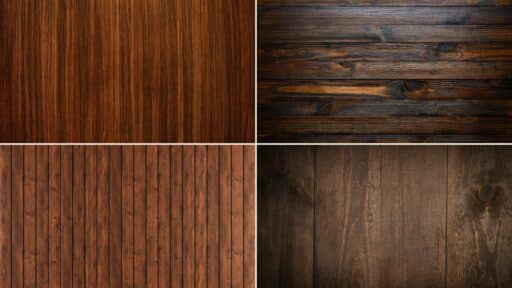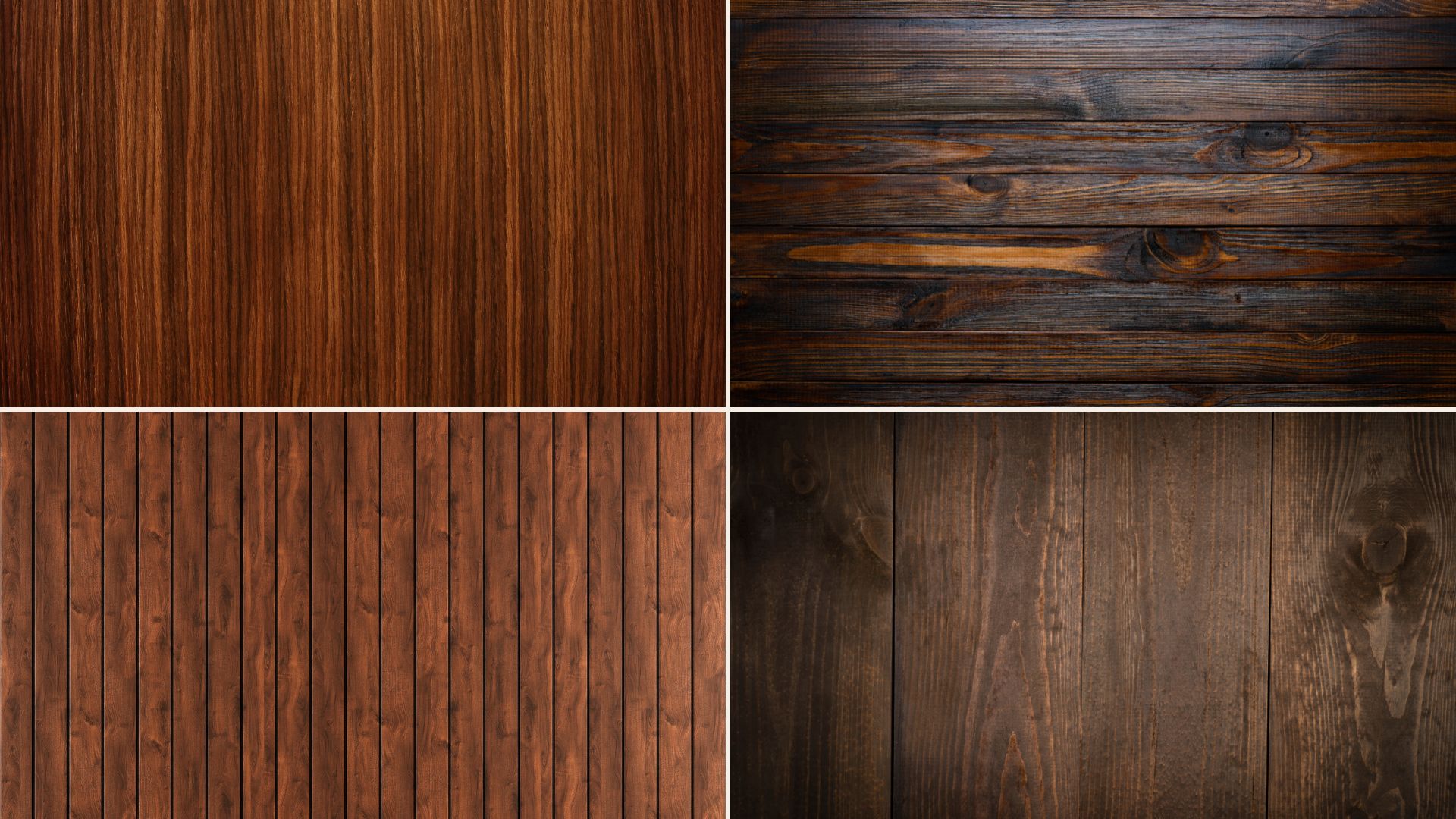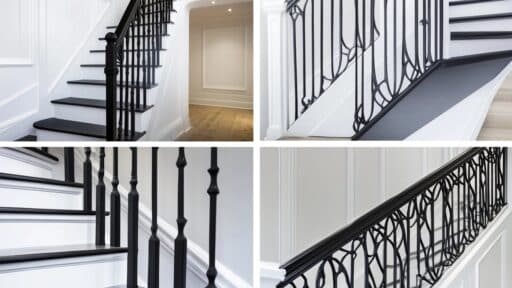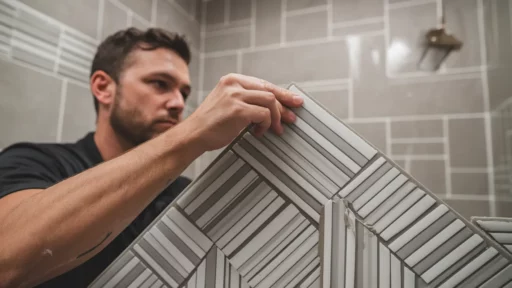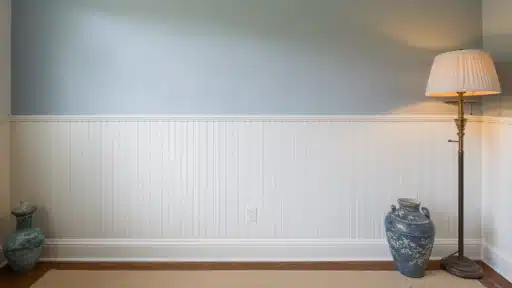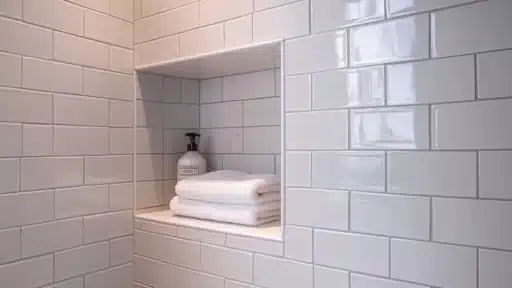We know choosing the right wood for your home can be tricky.
Dark wood types often catch your eye with their rich colors and unique patterns, but which one is best for you? Many homeowners feel lost when faced with so many options.
In this guide, we’ll help you study 10 of the best dark wood types for home interiors. Whether you’re searching for the best dark wood for flooring, luxury dark wood furniture, or bold wood accents to elevate your design, this post will help you make an informed choice.
You’ll learn about each wood’s special qualities, from its color and grain to its durability and best uses. We’ve got you covered whether you’re planning new flooring, furniture, or accents.
By the end of this post, you will be confident in choosing the right dark wood to make your home look stunning.
Read Next: Not sure which dark wood suits your style best?
Study our guide: Wood Types: Which Dark Wood is Best? for side-by-side comparisons and expert tips to help you decide.
What is Dark Wood?
Dark wood is a type of timber with a naturally deep, rich color. When we talk about dark wood, we usually refer to wood that ranges from medium brown to almost black.
These woods get their color from special substances in the tree itself. As trees grow, they make compounds called extractives. These give the wood its unique shade and often its scent, too.
Dark woods come from many different tree species. Each type has its special look and feel. Some have straight grains, while others show off wavy or swirly patterns.
10 Dark Wood Types for A Modern Look
1. Teak

Teak wood is known for its golden-brown to dark-brown color and is celebrated for its exceptional resistance to water and insects, making it ideal for outdoor applications.
- Common Uses: Outdoor furniture, boat decks, garden accessories.
- Texture: Straight and coarse, giving it a rugged yet refined appearance.
- Durability: Excellent, especially in wet environments, making it a top choice for outdoor applications.
- Price: High, due to its exceptional qualities and limited availability.
Comparison Highlight: Teak is a top performer in moisture-rich environments, outlasting most other dark woods outdoors.
2. Wenge
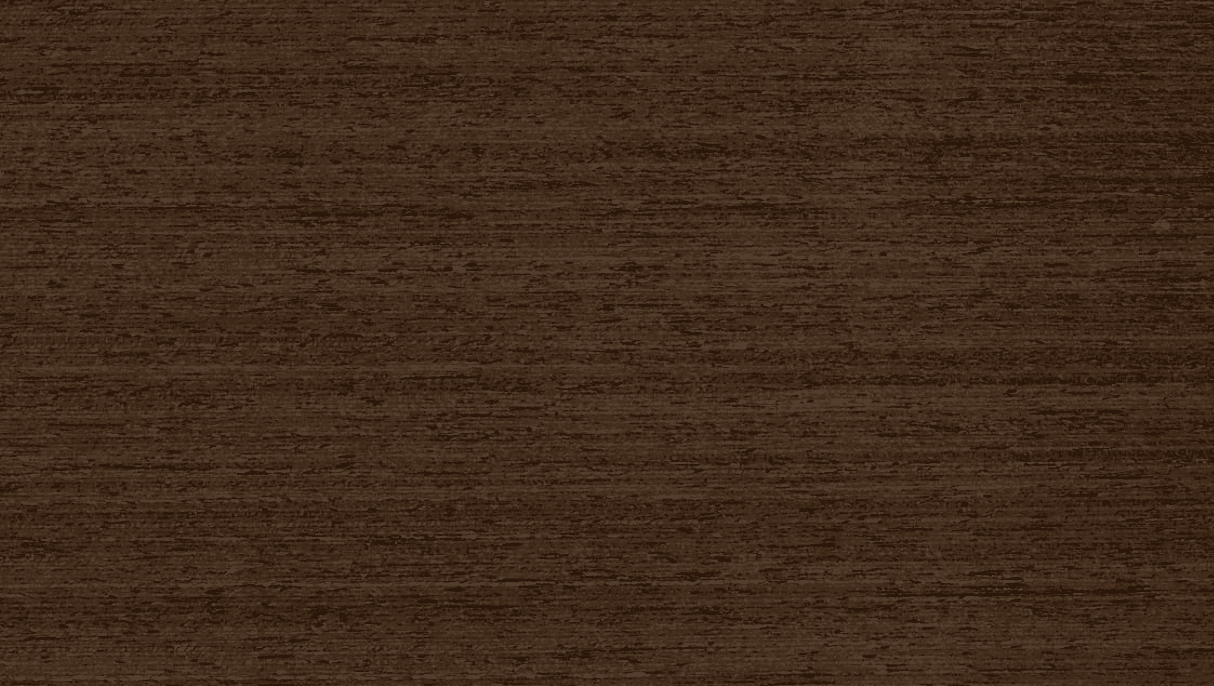
Wenge wood is dark brown to black in color. It is known for its exceptional strength and striking grain, making it a popular choice in both traditional and modern designs.
- Common Uses: Flooring, modern furniture, cabinetry.
- Texture: Straight and striking, providing a bold and distinctive look.
- Durability: Excellent, highly resistant to wear and tear, making it ideal for high-traffic areas.
- Price: Medium to high, depending on availability and quality.
Comparison Highlight: Compared to Ebony, Wenge offers a more textured, grain-rich appearance at a lower price, ideal for large-scale applications.
3. Mahogany
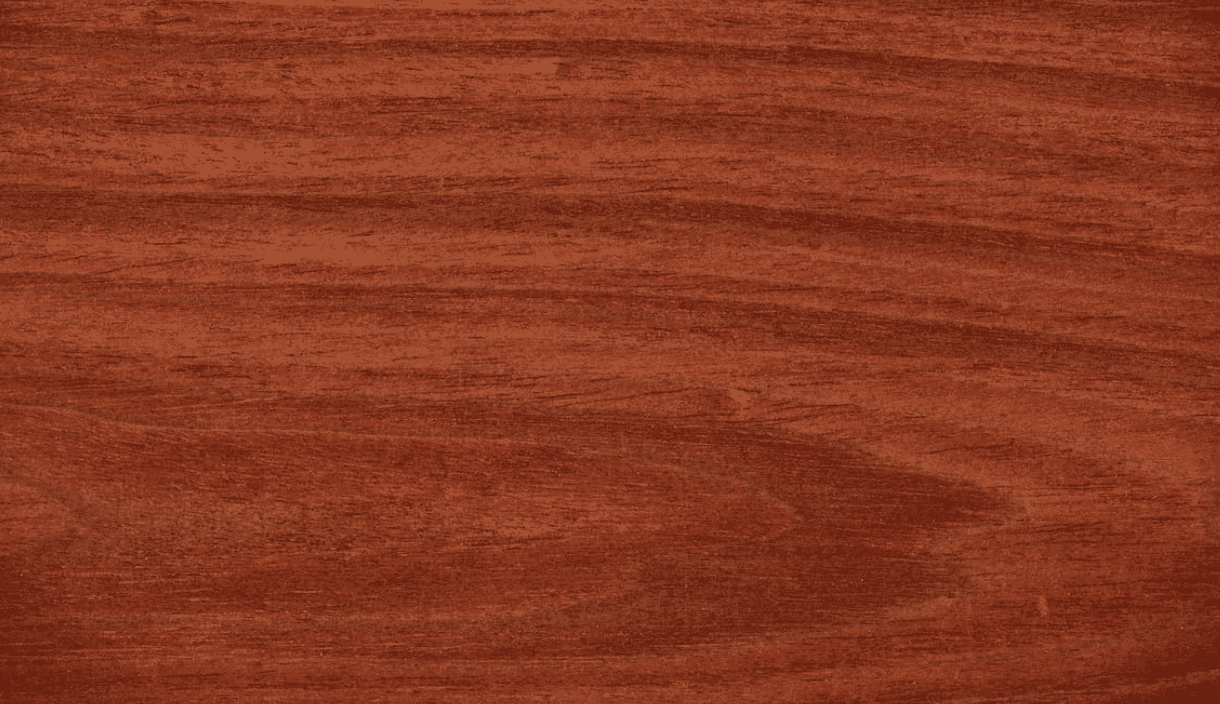
Mahogany is characterized by its dark reddish-brown color, making it a classic choice for high-end furniture and flooring, valued for its rich, warm tones.
- Common Uses: Furniture, cabinets, boat-building.
- Texture: Straight and fine, offering a smooth and polished appearance.
- Durability: Excellent, with high resistance to rot and insects, ensuring longevity in various applications.
- Price: High, due to its premium qualities and demand in luxury projects.
Comparison Highlight: Mahogany is darker and smoother than Cherry and has better outdoor durability, but it comes with a higher price tag.
4. Rosewood
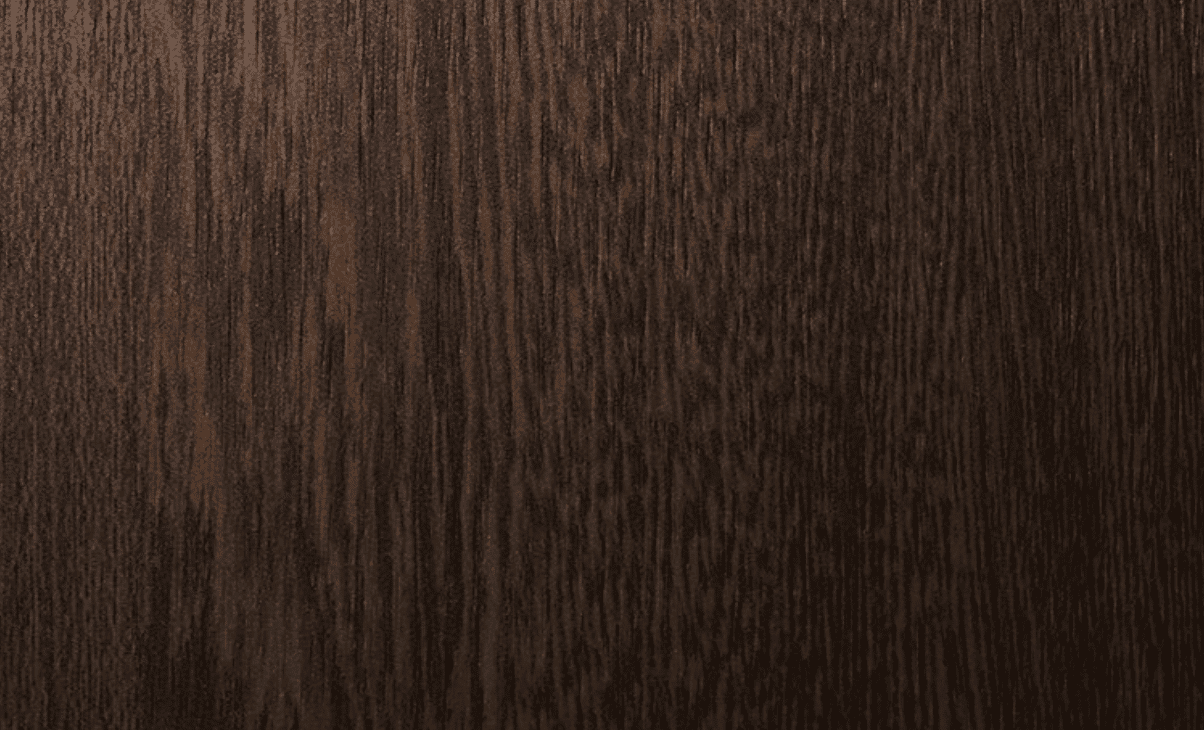
Rosewood boasts dark brown to purplish hues with intricate grain patterns, adding a touch of elegance and uniqueness to any project.
- Common Uses: Furniture, musical instruments, decorative veneers.
- Texture: Varied, often with striking patterns that make each piece unique.
- Durability: Good, with strong resistance to decay and pests.
- Price: High, reflecting its rarity and the quality of the wood.
Sustainability Note: Rosewood is heavily regulated due to overharvesting. Look for CITES-certified or FSC-certified sources to ensure responsible purchasing.
5. Cherry
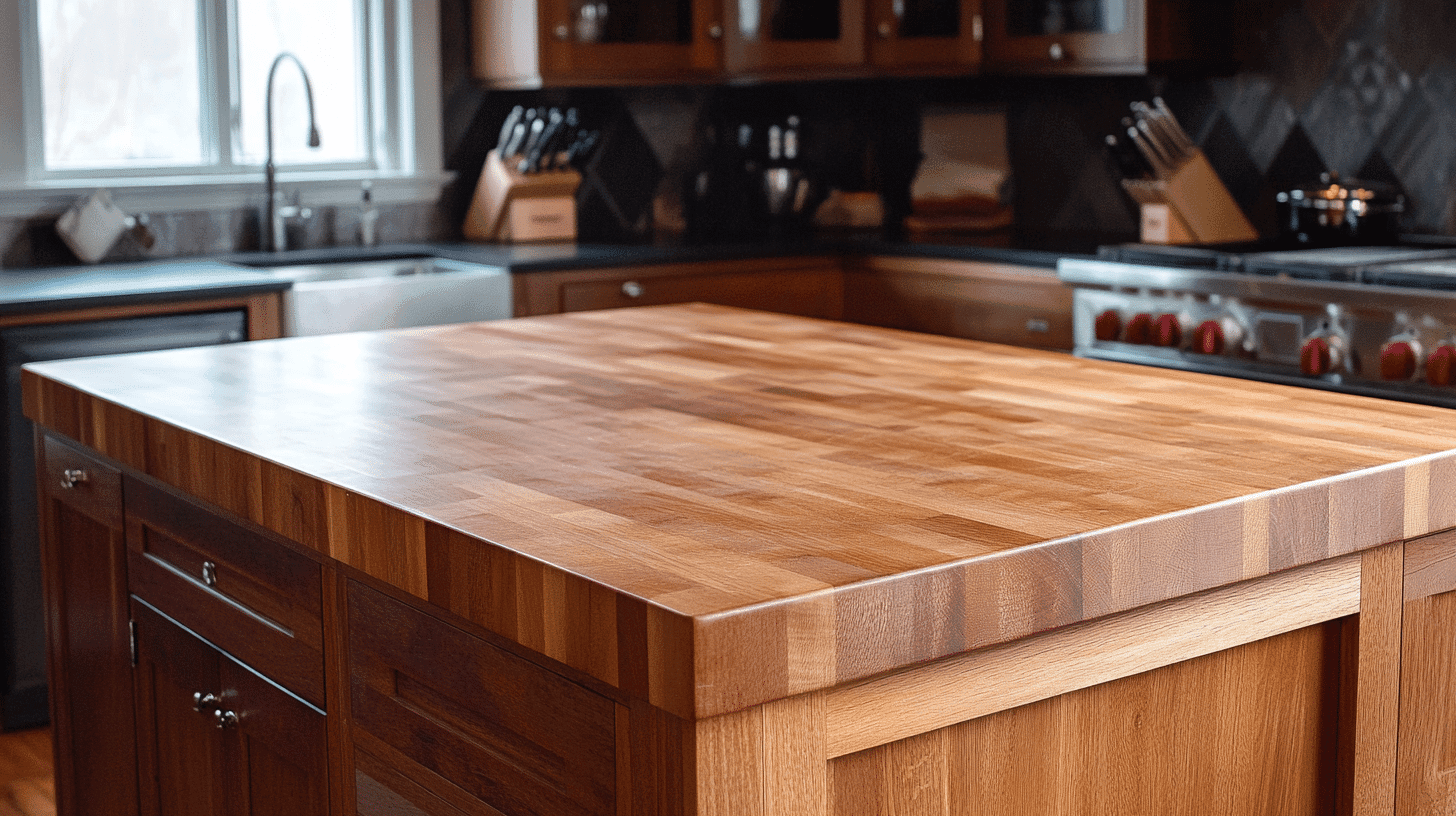
Cherry wood is known for its warm, reddish-brown hues that deepen over time, adding a rich and timeless appeal to furniture and cabinetry.
- Common Uses: Furniture, cabinetry, millwork.
- Texture: Fine and straight, providing a smooth finish that ages beautifully.
- Durability: Good, with a strong ability to withstand wear while developing a deeper patina.
- Price: Medium to high, influenced by its aging quality and aesthetic appeal.
Comparison Highlight: Cherry is softer and more affordable than Mahogany, and its tone ages dramatically, giving it timeless character for indoor furniture.
6. Ebony

Ebony is renowned for its deep, jet-black color and is cherished for its intense color and fine grain, making it a luxurious choice for detailed and ornamental work.
- Common Uses: Inlay work, ornamental items, fine woodworking.
- Texture: Typically straight, offering a smooth and dense surface.
- Durability: Excellent, extremely hard, and durable, though it requires careful maintenance.
- Price: Very high, due to its rarity and difficulty working with such a dense wood.
Sustainability Note: Ebony is a highly endangered species. Choose only FSC-certified Ebony or consider sustainable substitutes like dyed woods or composites.
7. Purpleheart
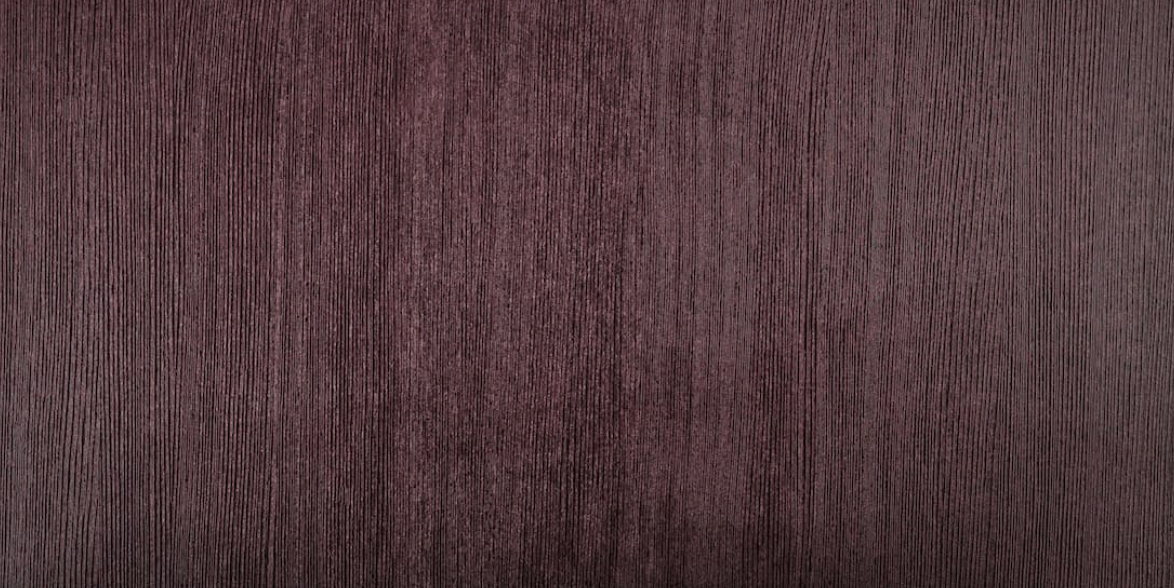
Purpleheart wood is prized for its striking purple color, which deepens and becomes richer over time. This makes it a favorite for decorative and artistic projects.
- Common Uses: Decorative items, artistic pieces, fine woodworking.
- Texture: Straight and fine, with a smooth finish highlighting its vibrant color.
- Durability: Excellent, with high resistance to decay and insects, ensuring longevity in various applications.
- Price: High, reflecting its unique color and durability.
Comparison Highlight: One of the most visually striking dark woods—ideal for unique statement features.
8. Sapele
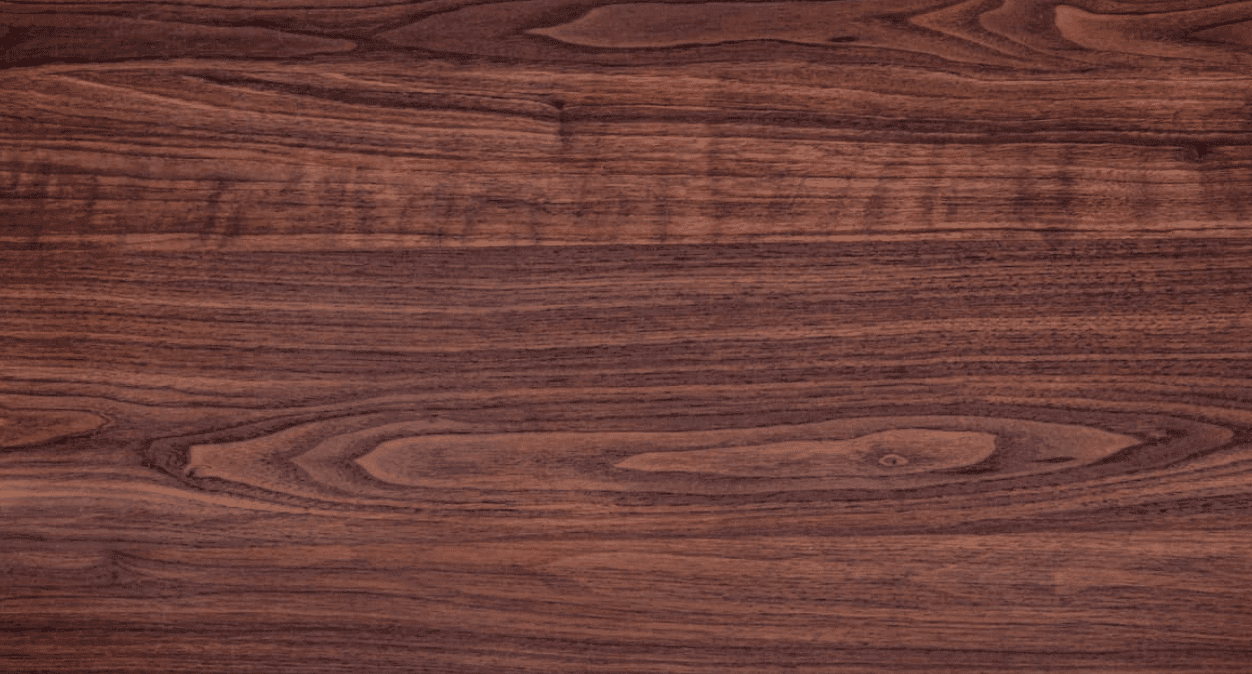
Sapele wood is rich reddish-brown to dark brown. It offers an attractive and cost-effective alternative to Mahogany with similar aesthetics and durability.
- Common Uses: Furniture, cabinets, architectural elements.
- Texture: Interlocked and wavy, providing a distinctive and appealing visual texture.
- Durability: Good, with strong resistance to wear, making it suitable for various applications.
- Price: Medium, making it a popular choice for those seeking a Mahogany-like appearance at a lower cost.
Comparison Highlight: Sapele mimics Mahogany’s look but is more budget-friendly, with greater availability and a bit more character in the grain.
9. Ziricote
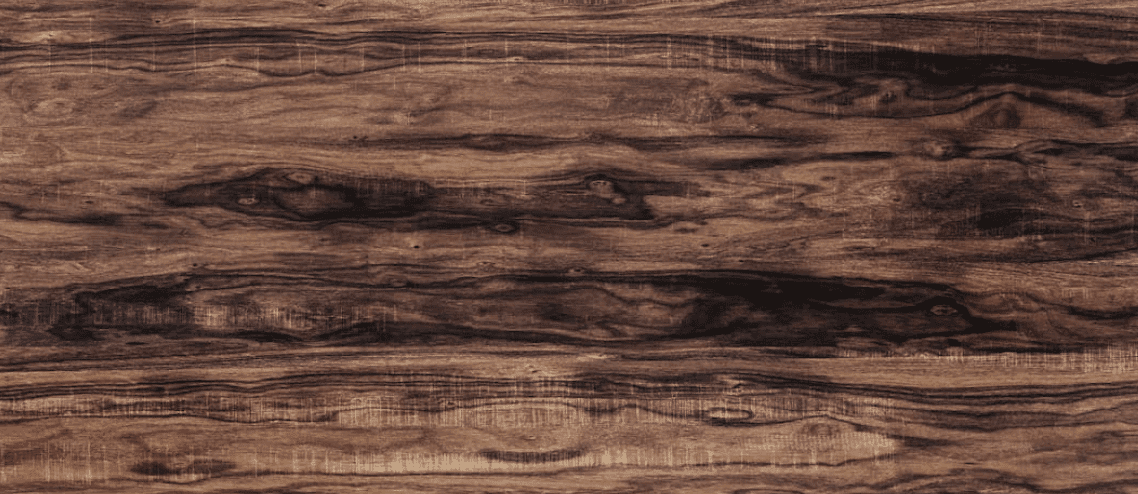
Ziricote wood is known for its dark brown to black color with striking and often mesmerizing grain patterns, making it a highly sought-after material for luxury furniture and decorative applications.
- Common Uses: Musical instruments, luxury furniture, decorative veneers.
- Texture: Varied and often intricate, with grain patterns that are both unique and eye-catching.
- Durability: Good, offering a balance between beauty and resilience.
- Price: High, due to its rarity and the distinctive appearance it brings to high-end projects.
Comparison Highlight: Ziricote is favored for visual drama, offering natural artistry in every plank.
10. Charred Wood

Charred wood, also known as Shou Sugi Ban, is a technique where the surface of the wood is burned to create a distinctive, charred appearance.
- Common Uses: Cladding, exterior siding, interior feature walls, furniture.
- Texture: Rough and textured due to the charring process, giving it a unique, rustic appearance.
- Durability: The charring process makes the wood more resistant to water, insects, and fire.
- Price: Medium to high, depending on the extent of the charring and the wood type used, as the process adds to the cost of the material.
Comparison Highlight: Ideal for bold, textured aesthetics, and a great eco-option when applied to reclaimed or sustainable woods.
Why Choose Dark Wood Types for Your Home?
1. Aesthetic Appeal
Dark wood brings a touch of class to any room. Its deep, rich colors can make your space feel warm and inviting. When you walk into a room with dark wood, you might feel like you’re in a fancy hotel or a cozy library.
These woods often have a shine to them that catches the eye. They can make your furniture or floors stand out and become talking points.
Whether it’s a sleek coffee table or a sturdy bookshelf, dark wood pieces often become the stars of the room.
2. Durability and Strength
Many dark woods are tough cookies. Take Mahogany and Teak, for example. These woods can take a beating and still look good. They don’t scratch or dent easily, which is great if you have kids or pets.
These woods also tend to last a long time. A well-made dark wood piece could be something you pass down to your kids one day.
They’re the kind of woods that can handle daily use and still look good years later.
3. Versatility in Composition
Dark wood is like a chameleon—it fits in almost anywhere. It looks right at home in old-fashioned rooms with lots of ornate details, but it also works great in a modern, minimalist space.
You can mix dark wood with light colors to create contrast or pair it with other dark tones for a bold look.
It works well with metal, glass, and fabric, too, so you can change up your style without replacing your dark wood pieces.
4. Unique Grain Patterns
One of the coolest things about dark wood is its grain patterns. Each piece of wood has its special look, like a fingerprint. Some have straight lines, while others have swirls or waves.
These patterns add texture and interest to your space. They can make simple designs look more complex and eye-catching.
Even plain items like floorboards or door frames become more interesting when made of dark wood with neat grain patterns.
Comparison Table: Dark Wood
Want a quick summary? Here’s a side-by-side look at all 10 dark wood types—comparing tone, grain, and best applications at a glance:
| Wood Type | Tone | Grain Pattern | Best Use |
|---|---|---|---|
| Teak | Golden to Dark Brown | Coarse, straight | Outdoor furniture, decks |
| Wenge | Deep Brown to Black | Straight, bold | Flooring, cabinets |
| Mahogany | Reddish-Brown | Fine, straight | Luxury furniture, paneling |
| Rosewood | Brown to Purple hues | Striking, varied | Decorative furniture, instruments |
| Cherry | Light to Deep Red-Brown | Smooth, straight | Indoor furniture, cabinetry |
| Ebony | Jet Black | Fine, smooth | Inlay, luxury accents |
| Purpleheart | Vivid Purple (ages brown) | Fine, straight | Artistic pieces, accents |
| Sapele | Reddish-Brown | Wavy, interlocked | Furniture, affordable mahogany look |
| Ziricote | Black with swirls | Wild, intricate | Veneers, high-end projects |
| Charred Wood | Burnt Blackened finish | Rough, textured | Exterior siding, walls |
1. Dusting: Regularly remove dust using a soft, dry microfiber cloth to prevent buildup that can dull the wood’s finish or cause surface abrasions.
2. Avoid Moisture: Keep wood surfaces dry and immediately wipe up spills to prevent warping, staining, or fungal growth, especially for unfinished or open-grain woods.
3. Use Protective Finishes: Apply wood oil, wax, or polyurethane coatings as needed to enhance durability, enrich color, and protect against wear, moisture, and UV damage.
4. Control Sun Exposure: Minimize direct sunlight to prevent fading or uneven darkening, especially for reactive woods like Cherry or Purpleheart.
5. Maintain Stable Humidity: Keep indoor humidity between 40–60% to reduce risks of expansion, cracking, or shrinkage in dense or exotic hardwoods.
Conclusion
As we wrap up our blog on the world of dark woods, we hope you’ve found some favorites for your home.
Whether you’re drawn to Ebony’s deep tones or Cherry’s warm hues, each wood type offers its own special charm.
Remember, choosing dark wood is more than just picking a color. It’s about finding a material that fits your lifestyle, matches your style, and brings joy to your space.
From floors to furniture, these woods can transform any room into a cozy, stylish haven.
Don’t be afraid to mix and match different dark woods or pair them with lighter elements. The key is to create a balance that feels right for you.
So go ahead and plunge into the rich, inviting world of dark wood. Your dream home might be just a few planks away!
Which wood is your favorite? Share your thoughts in the comments, we’d love to hear what caught your eye.

